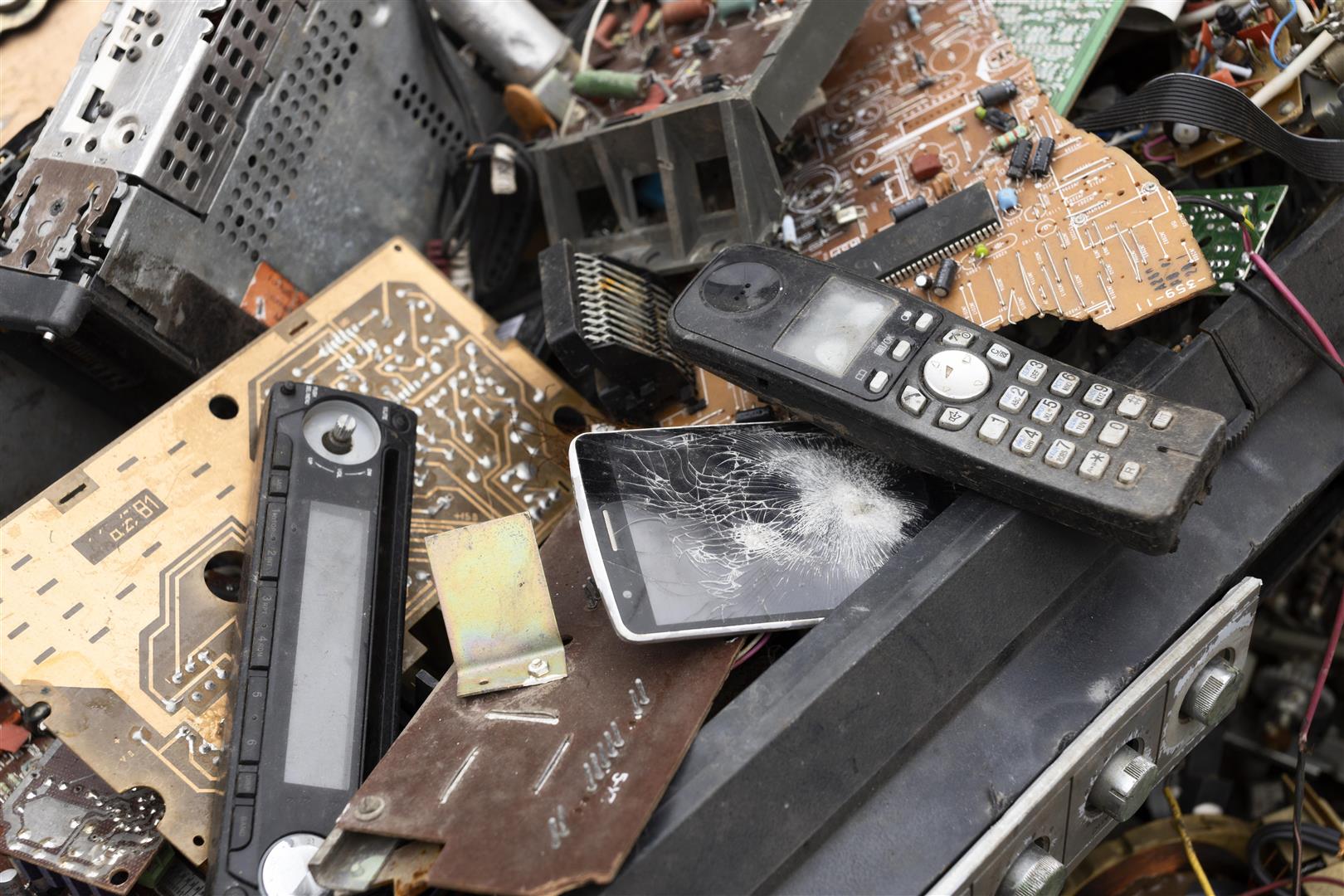
Electronic waste (e-waste), such as old mobile phones, tablets, charger cables, power banks, and headphones, is a problem that people tend to overlook, or they prefer not to think about it, mainly because when their devices are no longer usable, people are not aware of how to dispose of them properly, resulting in high amounts of e-waste in Thailand. In 2021, 435,187 tons of this kind of waste was found, accounting for 65 percent of all hazardous waste, and only 20 percent of it was properly disposed of.
The rest was put into piles with other solid waste to wait for a trip to the landfill, or some of them are distributed to junkyards, where improper handling of e-waste can affect the environment and the health of the workers. Since e-waste contains hazardous substances such as heavy metals, when they are taken to landfills, the chemicals will contaminate the soil, surface water, and underground water sources, and then toxins will flow into the ecosystem and get into the food chain, causing health hazards such as lead toxicity, which will affect the nervous system, blood system, kidney function, reproductive system, and much more. If it is burned, it will produce a bad smell and release air pollutants, such as sulfur dioxide, carbon monoxide, dioxins, and furans, which are carcinogens.
As for solutions, the government has issued a number of measures, including suspending the importation of e-waste from plants that fail to comply with the Basel Convention, pushing for the return of e-waste and plastic waste in the event that a false declaration is found (along with prosecuting offenders). It will also increase the rigor in considering licenses for importing e-waste and plastic waste, determining deposits in case of damage from false declarations or misconduct, inspecting e-waste and plastic waste factories, increasing penalties for offenders, and requiring a system to supervise the transportation from ships to factories.
In addition, the Pollution Control Department has proposed a draft Electrical and Electronic Equipment Waste Management Act, whose essence is to determine the roles and responsibilities of those involved, including manufacturers, importers, sellers, consumers, local administrative organizations (LAO), and recycling facilities in managing end-of-life products. The rules pertain especially to manufacturers, who will have the added responsibility of designing products that are easy to recycle, reducing hazardous substances, and supporting development of an end-of-life product management system based on EPR (Extended Producer Responsibility). Moreover, the legislation may require manufacturers to help organize a take-back system for packaging waste or end-of-life products, to increase the efficiency of waste management and help alleviate the burden of the public sector, and make it easier for consumers to return packaging waste or unused products to locations provided by manufacturers.
Source: Office Of Natural Resources and Environmental Policy and Planning
Tel: +66 2265 6689